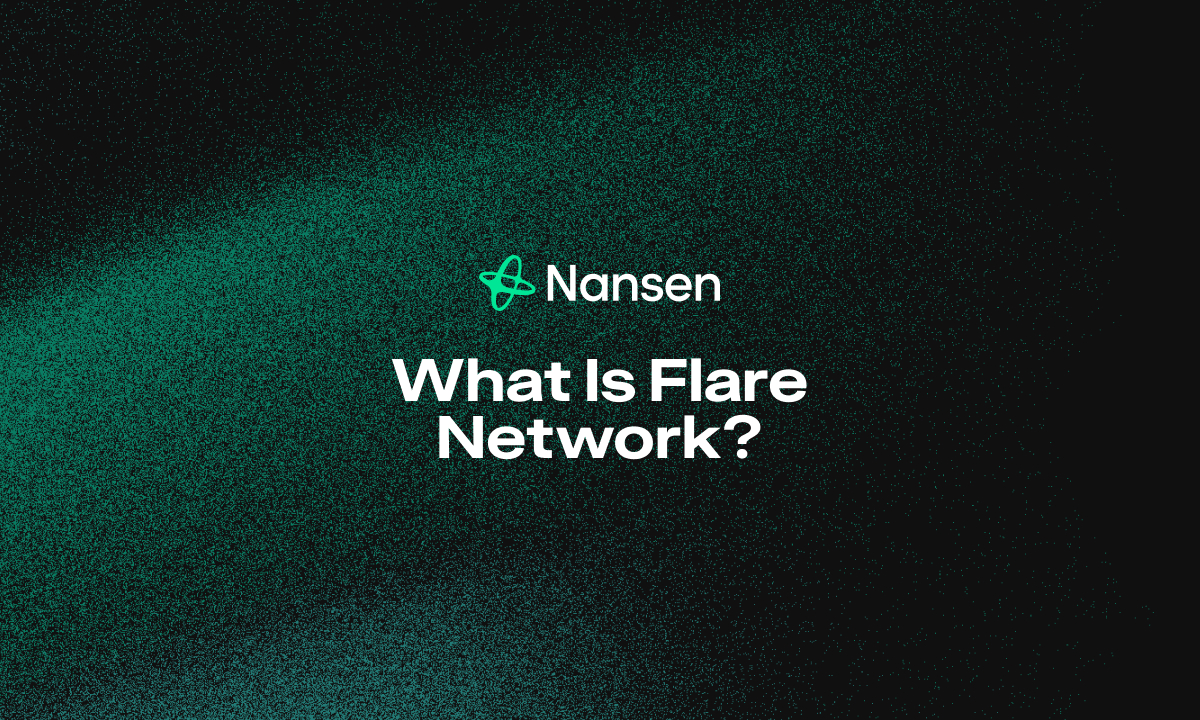Wondering what Flare Network is and why it's gaining attention in the crypto space? This blockchain platform has carved a unique niche by solving one of crypto's biggest challenges: connecting different blockchains together. Let's break down what makes Flare special and why you might want it on your investment radar.
The Flare Network Explained
Flare Network is a blockchain that specializes in blockchain interoperability - connecting separate blockchain ecosystems that typically can't communicate with each other. Think of it as a universal translator that allows Bitcoin to talk to Ethereum, or XRP to interact with Dogecoin.
Key point: Flare doesn't just connect blockchains; it brings the utility of smart contracts to networks that don't natively support them.
Unlike many projects that promise future solutions, Flare is already operational with its distinctive approach to cross-chain communication. It uses a Proof-of-Stake (PoS) consensus mechanism, making it more energy-efficient than proof-of-work alternatives while maintaining security and decentralization.
The Building Blocks of Flare Network
State Connector: The Information Highway
The State Connector is Flare's standout technology. This system securely brings off-chain information onto the blockchain without relying on centralized intermediaries.
How it works:
- Captures data about transactions on other blockchains
- Uses Merkle tree cryptography to verify the information's authenticity
- Creates a decentralized bridge between separate blockchain ecosystems
- Enables developers to build asset bridging tools with enhanced security
Key point: The State Connector solves the "oracle problem" (getting external data onto blockchains securely) in a novel way that reduces points of failure.
Flare Time Series Oracle (FTSO): The Price Whisperer
The FTSO provides reliable price data for various cryptocurrencies on the Flare Network. Unlike traditional oracles, the FTSO works through a decentralized network of data providers who compete to supply accurate information.
What makes the FTSO valuable:
- Decentralized price feeds reduce manipulation risk
- Incentivizes accuracy through the network's token economy
- Supports dApps development with reliable pricing data
- Enables complex financial applications on Flare
The FLR Token: Flare's Native Currency
The FLR token serves multiple functions within the Flare ecosystem:
- Governance: Token holders can vote on network proposals
- Validation: Used in the network's Proof-of-Stake mechanism
- Rewards: Distributed to users who contribute to the FTSO system
- Gas fees: Pays for transaction processing on the network
Recent price action has shown interest in FLR, but remember that utility tokens should be evaluated primarily on their ecosystem adoption and usage rather than speculation alone.
How Flare Stands Out From Other Interoperability Solutions
The blockchain space has several projects focused on interoperability, like Polkadot, Cosmos, and Chainlink. Flare's approach differs in significant ways:
1. Non-invasive integration
Flare connects to other blockchains without requiring them to change their protocols or implement new features.
2. Focus on non-smart contract chains
While others connect smart contract platforms, Flare specifically brings smart contract functionality to chains that don't have it natively (like XRP, Dogecoin, etc.).
3. Decentralized oracle solutions
The combination of the State Connector and FTSO creates an on-chain oracle system that's more decentralized than many alternatives.
4. Developer-friendly environment
Flare supports multiple programming languages, making it accessible to a broader developer community.
Real-World Applications of Flare Network
The practical uses of Flare extend beyond theoretical blockchain connections:
- Cross-chain asset movement: Transfer value between different blockchains without centralized exchanges
- Expanded DeFi access: Use Bitcoin in decentralized finance applications without wrapping
- NFT interoperability: Trade NFTs across different blockchain ecosystems
- Data-driven applications: Build dApps that can access and use information from multiple blockchains
Should You Invest in Flare Network?
As with any crypto investment, the decision requires careful consideration. Here are some factors to weigh:
Potential strengths:
- Solves a real problem in the blockchain ecosystem
- Already has functioning technology, not just promises
- Strong partnerships with established projects like Ripple
- Growing developer ecosystem
Considerations:
- Competing interoperability solutions exist
- Adoption remains the key challenge
- Regulatory uncertainty around cross-chain solutions
- Market volatility affects all crypto projects
Key point: Consider Flare as part of a diversified crypto portfolio if you believe in the importance of blockchain interoperability and cross-chain communication.
Frequently Asked Questions
What is the purpose of the Flare Network?
Flare brings smart contract capabilities to cryptocurrencies that don't natively support them while enabling secure data access across different blockchains.
How does Flare achieve blockchain interoperability?
Through its State Connector technology, which securely verifies and imports data from other blockchains without requiring changes to those networks.
What tokens or assets does Flare support bridging?
Flare currently supports XRP, Litecoin, Dogecoin, and plans to add Bitcoin and other major cryptocurrencies to its interoperability framework.
How does Flare differ from other interoperability blockchains?
Flare specifically focuses on bringing smart contracts to non-smart contract chains and uses a unique combination of the State Connector and FTSO for secure cross-chain communication.
What is the FLR token used for on Flare Network?
FLR is used for network governance, transaction fees, staking in the Proof-of-Stake system, and incentivizing accurate data provision in the FTSO system.
Whether you're looking to diversify your crypto investments or are interested in the technical solutions to blockchain's fragmentation problem, Flare Network represents an innovative approach worth understanding in today's interconnected digital asset landscape.




